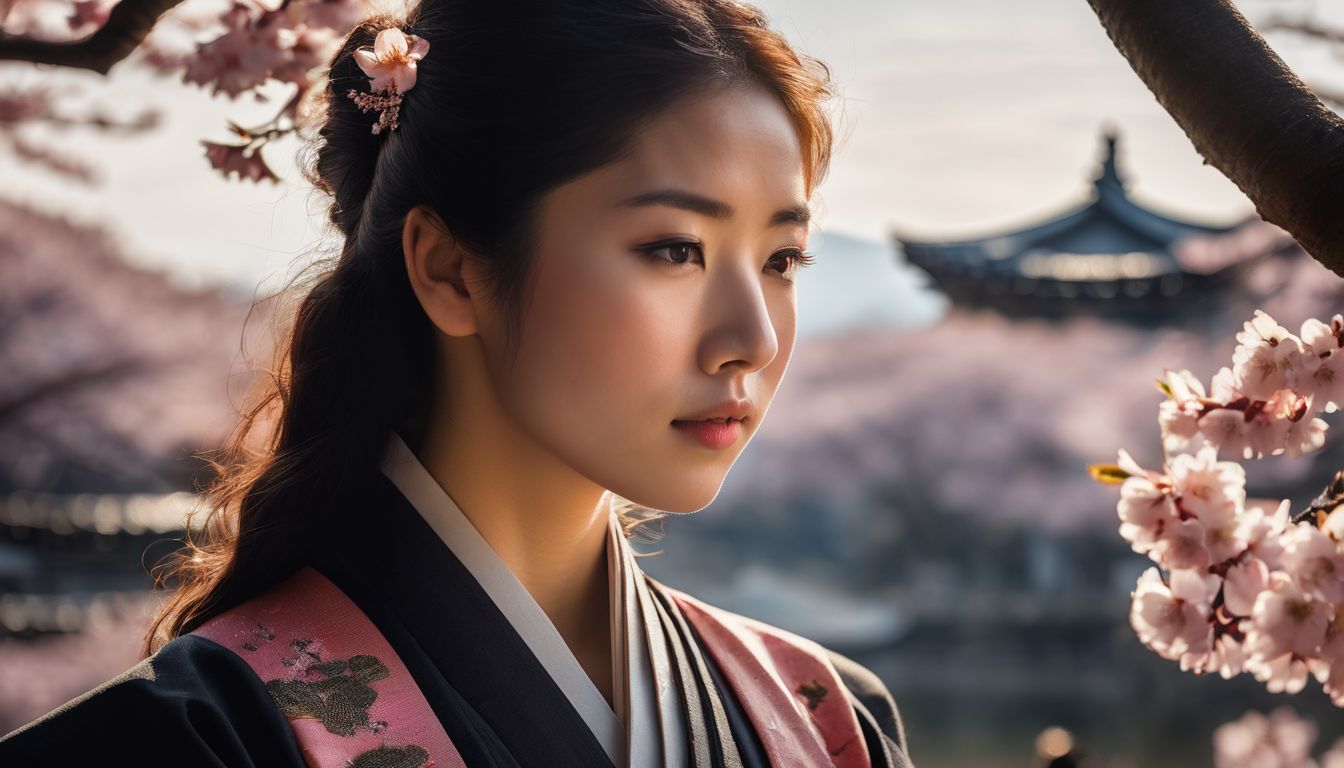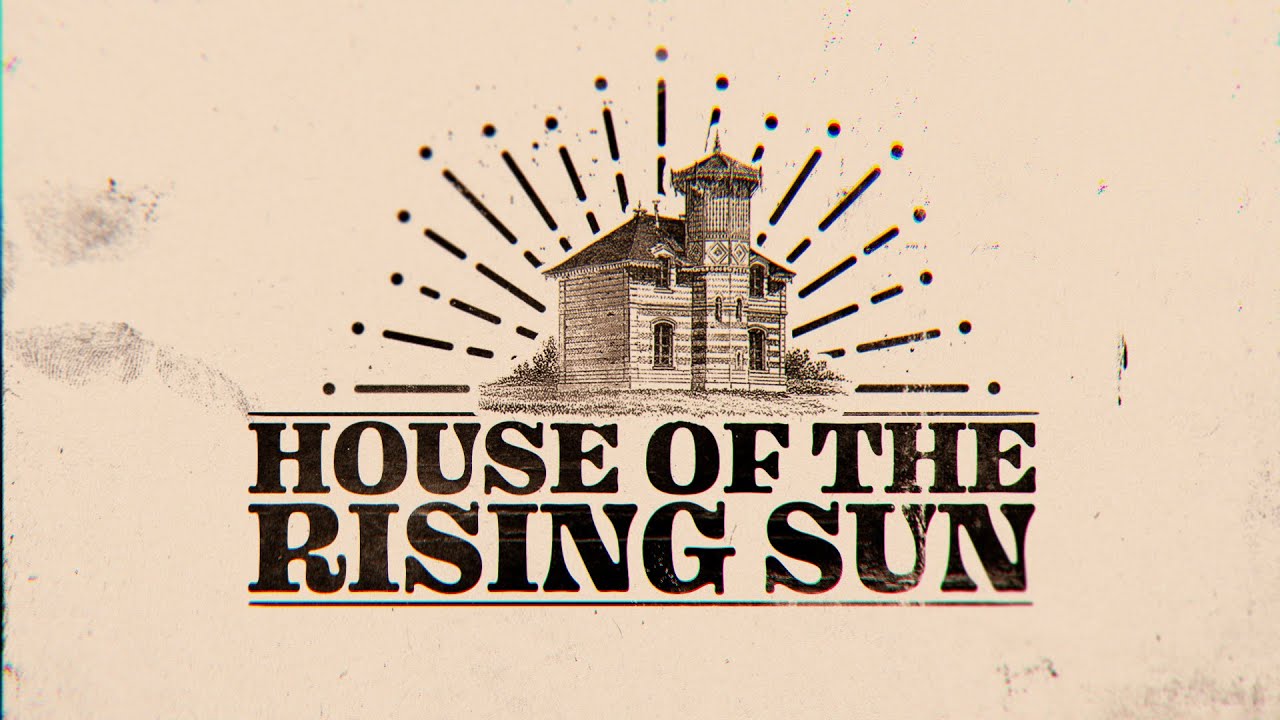Exploring the Controversy: The Meaning and Symbolism Behind the Rising Sun Tattoo
Create your own unique tattoos and art for your home
Choosing a tattoo design can be tough, especially when dealing with symbols rich in history and meaning. The “rising sun” motif, rooted in Japanese culture, has sparked deep debate due to its ties to World War II.
Our article delves into the origins, symbolism, and tensions surrounding this powerful image to help you make an informed decision about whether it’s the right choice for your next piece of body art.
Keep reading as we explore both sides of this hot-button topic!
Key Takeaways
- The rising sun tattoo originated in Japanese culture and is linked to the country’s national identity, but it has controversial ties to World War II due to its use by Japanese military forces.
- This tattoo symbolizes new beginnings and resilience, yet for some, it also represents cultural appropriation and offends those affected by Japan’s past wartime actions.
- There are numerous design options for a rising sun tattoo that range from traditional Japanese style to modern interpretations; each can be customized with personal elements or colors that hold significant meaning.
- Debates continue over the appropriateness of the rising sun tattoo amidst concerns over offensive connotations and misunderstandings of its historical significance.
- It’s important to respect different viewpoints when considering this powerful tattoosymbol because it encapsulates both a history of beauty and aggression – understanding these nuances encourages respectful cultural exchange.
History and Significance of the Rising Sun Tattoo
The rising sun tattoo has its origins in Japanese culture and is often associated with new beginnings. However, it has also sparked controversy due to cultural appropriation and offensive connotations.
Understanding the historical and cultural significance of this tattoo is essential for those considering getting one.
Japanese origins
Japan’s rising sun imagery has a deep-rooted history, closely tied to the country’s national identity and cultural pride. Known as “Nisshoki” or “Hinomaru,” this symbol was originally used by feudal warlords in Japan during the 15th century.
It became prominent as a military flag, leading many to associate it with strength and valor. Over time, the design of the sun with rays stretching outwards grew into a widely recognized emblem of Japan.
With its growing influence, however, this iconography took on darker associations during World War II. Japanese forces adopted the rising sun flag as they expanded their territories across East Asia, leaving behind memories of militarism and colonial rule.
This historical context cannot be ignored when considering the use of this symbol in modern times, especially in artwork such as tattoos. Despite being embraced by some for its aesthetics and supposed representation of perseverance, it remains controversial due to its offensive implications connected to wartime atrocities committed under its banner.
Symbolism of new beginnings
The rising sun tattoo holds deep symbolism, representing new beginnings and the dawn of a fresh start. This powerful image mirrors the sun emerging over the horizon, marking a rebirth and opportunities for growth.
It signifies resilience and perseverance in overcoming challenges, embodying the belief in starting anew despite past hardships. The tattoo serves as a metaphor for embracing change and embarking on a journey towards a brighter future.
Amidst controversy, it’s essential to understand that for many individuals, this tattoo represents personal triumph over darkness rather than historical connotations. Therefore, acknowledging diverse perspectives is crucial in appreciating the multifaceted meanings behind this symbol.
Cultural appropriation controversy
The rising sun tattoo, with its roots in Japanese history and symbolism, has sparked a cultural appropriation controversy. Many view the use of this tattoo by individuals from outside of Japan as offensive due to its association with Japan’s wartime atrocities and colonial rule during World War II.
The contentious nature of this issue arises from the conflicting perspectives on whether wearing the rising sun tattoo is an act of appreciation or appropriation of Japanese culture.
To some, the rising sun tattoo represents a symbol of resilience and triumph over darkness; however, it remains a topic of heated debate due to its historical connotations. Some argue that embracing cultural symbols without fully understanding their significance can perpetuate misunderstandings and offend those affected by Japan’s actions during that period.
Different Designs and Ideas for Rising Sun Tattoos
Explore the traditional Japanese style and modern interpretations of rising sun tattoos, as well as how individuals can incorporate personal meaning into their designs. Whether it’s a simple outline or a detailed landscape, there are endless possibilities for expressing the symbolism of new beginnings through this popular tattoo choice.
Traditional Japanese style
The traditional Japanese style of the rising sun tattoo dates back to ancient times. It embodies cultural and historical significance, with deep symbolism rooted in Japanese beliefs and values.
- Rich Symbolism: Traditional designs often feature intricate details such as waves, cherry blossoms, and dragons, symbolizing resilience, beauty, and power.
- Placement Significance: These tattoos are commonly placed on the chest or upper back, symbolizing strength and honor.
- Historical Influence: The design draws from Japan’s history, portraying the rising sun as a symbol of hope and renewal.
- Cultural Respect: Those choosing this style emphasize their respect for Japanese culture and its rich symbolism in their tattoos.
- Artistic Detail: Tattoo artists specializing in this style pay close attention to detail, incorporating elements of nature and mythology into the design.
- Personal Connection: Many individuals opt for traditional Japanese designs to honor their heritage or to connect with the profound cultural significance of these symbols.
- Controversial Connotations: Despite its traditional roots, this style has been subject to controversy due to its association with Japan’s wartime actions.
Modern interpretations
Modern interpretations of the rising sun tattoo have evolved to encompass a broader range of styles and symbolism. The tattoo has adapted to reflect contemporary perspectives while still honoring its traditional roots. Here are various modern interpretations of the rising sun tattoo:
- Abstract designs: Some individuals choose abstract or minimalist designs, focusing on the geometric representation of the rising sun rather than a literal depiction.
- Fusion with other cultural symbols: People incorporate elements from their own heritage or other cultural symbols into the rising sun design, creating a unique fusion that holds personal significance.
- Watercolor and mixed-media techniques: Tattoo artists experiment with watercolor and mixed-media techniques to give the rising sun tattoo a more vibrant and artistic appearance.
- Geometric patterns and linework: Modern interpretations often feature intricate geometric patterns and bold linework, adding a contemporary twist to the traditional design.
- Symbolism of hope and positivity: Many opt for variations that symbolize hope, new beginnings, and resilience, reflecting a positive outlook in the face of adversity.
- Gender-neutral designs: There is an increasing trend towards gender-neutral representations of the rising sun tattoo, emphasizing inclusivity and diversity in its interpretation.
Incorporating personal meaning
Incorporating personal meaning into a rising sun tattoo allows individuals to add unique significance to their body art. Personalizing this symbol can deepen its meaning and make it more meaningful for the individual. Here are some ways in which individuals incorporate personal meaning into their rising sun tattoos:
- Selecting specific colors or shades that hold personal significance, such as incorporating favorite colors or those with symbolic relevance.
- Adding personalized elements within the design, such as initials, significant dates, or symbols representing cherished memories.
- Combining the rising sun with other symbols or imagery that holds special meaning to the individual, creating a custom fusion of symbols.
- Choosing a specific placement on the body that holds personal significance or represents a particular aspect of the individual’s journey.
- Incorporating cultural elements from one’s own heritage as a way to infuse personal identity and connection into the tattoo.
- The Controversy Surrounding Rising Sun Tattoos
The Controversy Surrounding Rising Sun Tattoos
Many people find the rising sun tattoo offensive due to its historical connotations and potential cultural appropriation, sparking debates about cultural sensitivity and appreciation.
To learn more about this controversial tattoo and its significance, continue reading our blog.
Offensive connotations
The rising sun tattoo holds offensive connotations for many due to its connection with Japan’s militarism and colonial rule during World War II. This symbol is seen as a reminder of Japan’s wartime atrocities and aggression, making it controversial and viewed as an offensive tattoo.
The rising sun flag, often associated with the tattoo, represents a dark period in history that invokes strong emotions in those impacted by Japan’s actions during the war.
The design of the rising sun tattoo, depicting a stylized sun emerging over the ocean, carries deep historical implications that raise concerns about cultural sensitivity and respect.
Misunderstandings of cultural significance
Many people mistakenly view the rising sun tattoo solely as a symbol of resilience and new beginnings, overlooking its deeply rooted historical implications. The design carries heavy connotations related to Japan’s militarism and colonial rule during World War II, with associations to wartime atrocities and imperialism.
While some may appreciate it as a representation of triumph over darkness, it’s crucial to acknowledge its controversial history and the pain it evokes for those affected by Japan’s actions in the past.
Understanding these misconceptions is essential in addressing the significance of this tattoo and the diverse perspectives surrounding it. By recognizing its complex symbolism, we can engage in meaningful conversations about cultural understanding and respect while appreciating various points of view on this contentious topic.
Cultural appropriation vs. appreciation
The controversy surrounding rising sun tattoos brings to light the debate between cultural appropriation and appreciation. While some individuals see these tattoos as a form of honoring Japanese symbolism and resilience, others view them as offensive due to the historical connotations of Japan’s wartime actions.
The key lies in understanding the significance and emotions attached to this symbol for different communities, emphasizing the importance of being mindful about how one represents another culture through body art.
Amidst this debate, it is essential to acknowledge that what may be seen as appreciation by some can be perceived as appropriation by others. This calls for a deeper understanding of cultural symbols and their relevance within specific contexts, ensuring that they are honored respectfully without perpetuating negative stereotypes or causing harm.
Personal Stories and Perspectives on Rising Sun Tattoos
Hear from individuals who have chosen to get the rising sun tattoo and why it holds personal significance for them. Get insights from those who oppose the tattoo and their reasons for finding it offensive.
Understanding different perspectives is crucial in engaging with this controversial symbol.
From those who have the tattoo
Some individuals who have the rising sun tattoo view it as a symbol of personal resilience and triumph over adversity. Despite the controversy, they see the tattoo as representing a new beginning and overcoming darkness.
Others believe that their tattoos pay homage to Japanese culture and heritage, expressing deep respect for its symbolism. For some, the rising sun tattoo serves as an emblem of inner strength and perseverance in facing life’s challenges.
From those who have chosen to get a rising sun tattoo, many express a strong connection to its symbolic meaning rather than associating it with historical connotations or political implications.
From those who oppose it
Many individuals who oppose the rising sun tattoo view it as a symbol of Japan’s wartime aggression and colonial rule in East Asia. They argue that its historical significance cannot be separated from its association with Japan’s militarism during World War II, leading to widespread suffering and violence.
For those who stand against the rising sun tattoo, it is essential to acknowledge the pain and trauma that this symbol evokes for many people, particularly those affected by Japan’s actions during the war.
They stress the importance of understanding and respecting differing perspectives on the symbolic meaning behind tattoos, especially when considering designs with deep cultural and historical implications.
Opponents of the rising sun tattoo often highlight how its use can perpetuate insensitivity towards those who suffered under Japanese imperialism during World War II, particularly in regions where memories of such atrocities remain vivid.
Importance of understanding and respecting different perspectives
Understanding and respecting different perspectives is crucial when discussing the rising sun tattoo controversy. This allows for a more comprehensive view of its symbolism and significance across diverse cultural backgrounds.
Respecting differing viewpoints helps to foster meaningful discussions that consider the historical context, personal stories, and emotional connections associated with the tattoo, ultimately promoting empathy and understanding among individuals.
Appreciating various perspectives also enables individuals to acknowledge the pain caused by historical events linked to the rising sun flag. By listening to personal stories from both those who have the tattoo and those who oppose it, a deeper insight into its impact on individuals’ lives can be gained.
Conclusion: Understanding the Meaning and Significance of the Rising Sun Tattoo
Unveiling the complex layers of symbolism and controversy surrounding the rising sun tattoo reveals a rich historical significance. Exploring different perspectives sheds light on the deep emotions attached to this powerful symbol.
Respecting diverse viewpoints is crucial in understanding the multifaceted nature of this contentious imagery. Recognizing its varied interpretations invites an open dialogue about cultural appreciation versus appropriation.
Delving into these discussions fosters a deeper appreciation for the complexities embedded within tattoo symbolism.
FAQs
1. What is the controversy around the Rising Sun tattoo?
The controversy involves the historical connections associated with the Rising Sun symbol, which can cause offense and may lead some to expect an apology from those who wear it without understanding its significance.
2. What does a Rising Sun tattoo mean?
A Rising Sun tattoo can have various meanings, including new beginnings and hope, but it’s also tied to symbolism that may be controversial due to its past usage in certain historical contexts.
3. Are there different designs for Rising Sun tattoos?
Yes, there are multiple tattoo designs depicting the rising sun; each can convey a range of meanings or symbolism based on how they’re interpreted by individuals or cultures.
4. Why should I understand the symbolism in tattoos like the Rising Sun before getting one?
It’s crucial to understand all aspects of tattoo symbolism, as certain images like the Rising Sun carry deep historical significance that might not align with your intentions or could impact others.








